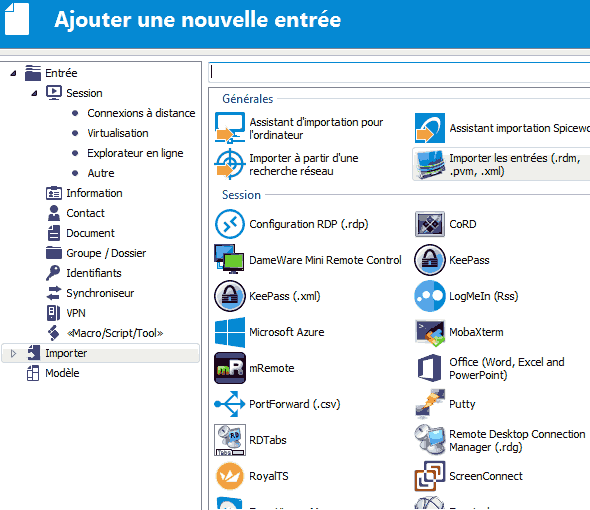

Remote Desktop Manager for Android supports these data sources: RDM support generic credentials as well as the following: 1Password, Bitwarden, CyberArk, CyberArk AAM, Dashlane, Devolutions Password Hub, Devolutions Password Server, Keeper, LastPass, One Time Password, Passportal, Password Manager Pro, Passwordstate, Pleasant Password Server, RoboForm, Secret Server, Sticky Password, TeamPass, True Key, Zoho Vault.

Easily input your credentials and automatically login everywhere. Once configured, you can easily launch a connection using a single tap and connect to your remote servers, virtual machines and other workstations.Īlong with remote connections, Remote Desktop Manager for Android lets you save and manage your passwords and credentials from your centralized database or your local XML file. Telnet, Wayk Now, FTP, TFTP, SFTP, WebDAV, SCP, Google Cloud, Google Drive, Microsoft OneDrive, Microsoft RDP Gateway, Azure Blob Storage Explorer, Microsoft Azure Table Storage, Amazon AWS Dashboard, Amazon S3 Explorer, Web Browser, Intel AMT, Devolutions Proxy, SSH Port forward, HyperV with RDP, Dell iDRAC, Dropbox Explorer, HP iLO, BeyondTrust Password Safe and BeyondTrust Password Safe Console.

Remote Desktop Manager for Android supports Microsoft Remote Desktop Protocol (RDP), VNC, Apple Remote Desktop (ARD), SSH Shell, SSH Tunnel, Proxy Tunnel, Used in combination with our desktop application Remote Desktop Manager Enterprise, you can connect to your centralized database and access all your data from anywhere. However, you can override this inherited configuration for individual hosts.Remote Desktop Manager for Android is a free tool that enables access to all your remote connections and passwords. This enables you to specify in one place the login credentials, which RDS gateway you want to use, or which screen resolution you prefer. Managing settingsīy default, all new connections inherit the group settings. In practice, of course, you would use a filter other than '*'. Alternatively, you could read the names of hosts from Active Directory since the tool itself is not able to query AD: (Get-ADComputer -Filter \* | select name).name | Out-File -FilePath. The display name and any description must then be added or changed manually because this data cannot be imported. \\servers.csv | select hostname).hostname | You can then use PowerShell to extract the names and write them into a text file using a command like this: (Import-Csv -Delimiter " " -Path. Importing hosts from a text file into a groupįor example, if you want to migrate your server list from the alternative connection manager mRemoteNG to RDCMan, you first export it as a CSV file.


 0 kommentar(er)
0 kommentar(er)
